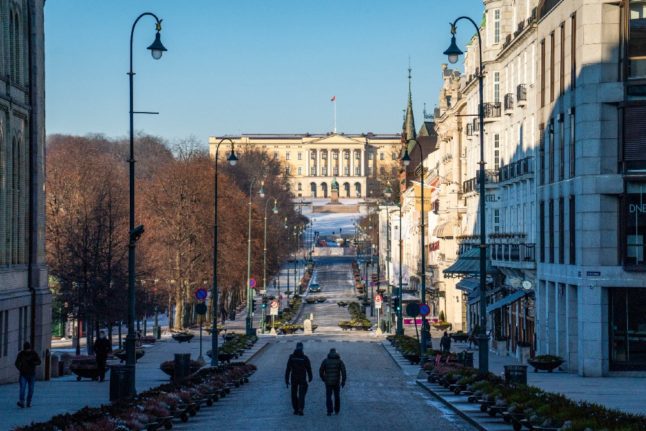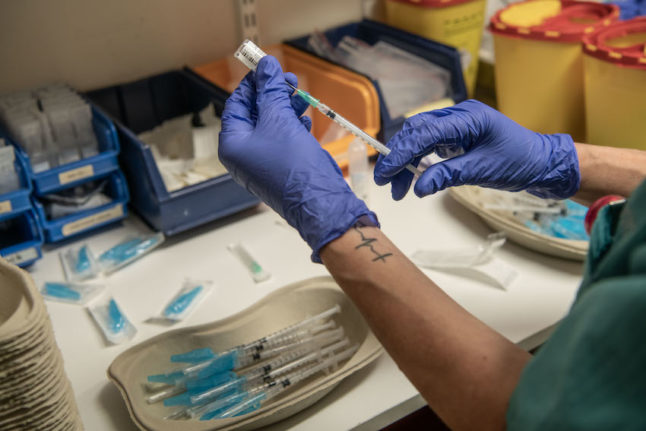Last Saturday, Norway’s capital Oslo and nine neighbouring municipalities imposed strict shutdown measures, including the closure of all non-essential stores, after an outbreak of a more contagious coronavirus variant, first identified in Britain. It marked the first time that all non-essential shops had been closed.
In addition to these 10 municipalities — known as ‘Ring 1’ — a further 15 municipalities – termed ‘Ring 2’ – outlying the Ring 1 municipalities also came under stricter measures.
These strict measures will now begin to ease on 3rd February.
“The infection is still declining in Norway. We now have a better overview of the spread of the mutated virus,” said Minister of Health Bent Høie at a press conference on Saturday.
Stores that are not in shopping centres will be allowed to reopen on Wednesday, as will restaurants. However, they cannot serve alcohol.
Restrictions on schools will also be eased gradually, allowing for more classroom teaching and bigger groups of students, although this will depend on local conditions.
These are some of the ease in restrictions in “Ring 1” (Oslo, Ås and Nordre Follo) from 3rd February:
Yellow level returned to in schools and kindergartens in line with the national traffic light model.
For universities, colleges and vocational colleges, the premises are still closed to students and teaching. Exceptions are made, however, for students who are completely dependent on access to rooms for experiments and skills training, in order to avoid delays in their studies.
Individual stores may open, but shopping malls and department stores will still be closed.
Restaurants can reopen but cannot serve alcohol.
Libraries can open.
Children and young people can take part in sports and leisure activities.
Children and young people can have swimming training and swimming lessons.
Private visits inside homes are no longer discouraged.
A complete overview can be found on the government website here.
These are some of the areas to ease restrictions in “Ring 2”, (Asker, Bærum, Enebakk, Frogn, Indre Østfold, Lillestrøm, Lunner, Lørenskog, Moss, Nesodden, Nittedal, Rælingen, Vestby and Våler) from 3rd February:
Yellow level in schools and kindergartens in line with the national traffic light model.
For universities, colleges and vocational colleges, the premises are still closed to students and teaching. Exceptions are made, however, for students who are completely dependent on access to rooms for experiments and skills training, in order to avoid delays in their studies.
Individual stores may open, but shopping malls and department stores will still be closed.
Restaurants can reopen from Wednesday but not serve alcohol.
Organised sports and leisure activities for both children and adults allowed.
Gyms can stay open.
Libraries can stay open.
A complete overview can be found on the government website here.
These municipalities will come out of “Ring 2” restrictions:
Aurskog-Høland, Drammen, Horten, Lier, Marker, Rakkestad, Råde and Skiptvet.
For these municipalities, the national measures will apply.
The government has also allowed the municipalities to choose to have stricter measures than those proposed, if they see it as appropriate.
The press officer for the Nordre Follo municipality, Silje Stavik, told VG that for the time being, they do not wish to comment on whether they should introduce stricter measures than the other two “Ring 1” municipalities.



 Please whitelist us to continue reading.
Please whitelist us to continue reading.
Member comments